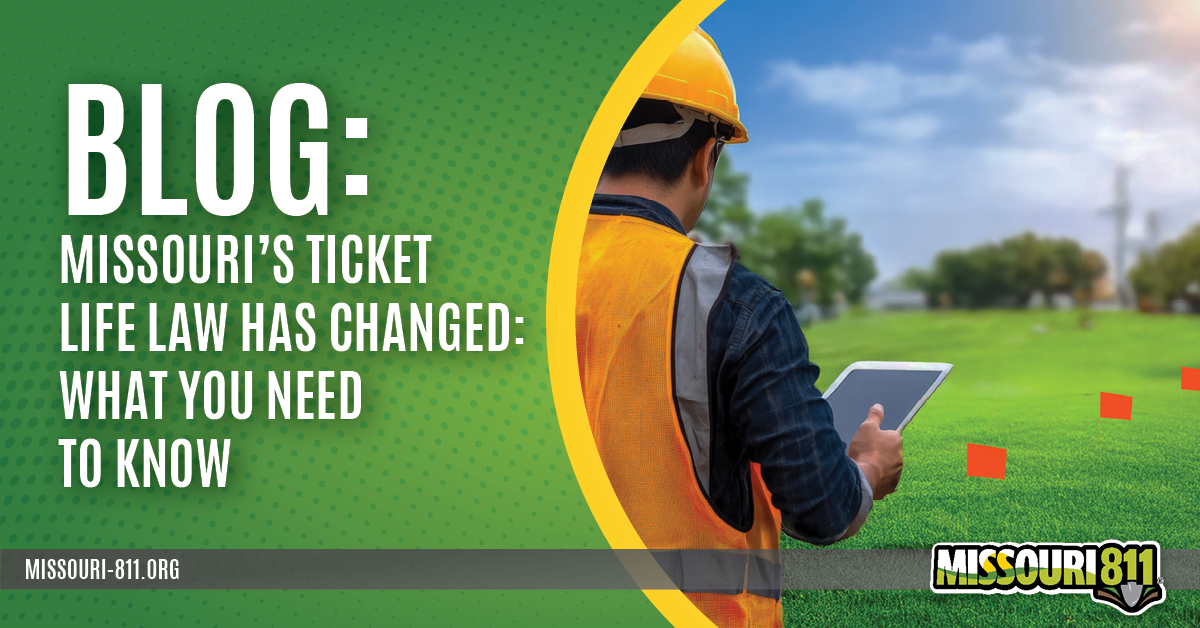The Next Practices Initiative was created in 2020 with the involvement of damage prevention leaders to address the most challenging issues facing the damage prevention industry. The Next Practices Advisory Committee, which is comprised of damage prevention experts, is using feedback from stakeholders as well as data and survey information to steer the industry toward the most effective solutions in addressing the challenges in damage prevention. The tireless work of this team culminated in the Next Practices Report, with the goal of addressing the biggest challenges in the industry with innovation and the greatest return on investment. The goal of this work is to encourage safety during excavation, lessening the dangerous and costly damages to infrastructure.
The key findings of the Next Practices Initiative’s 2020 report returned the following critical issues:
- Facilities not marked accurately or on time
- Excavator errors in the field
- Effective and consistent use of 811
The industry, as a whole, finds itself at a critical point. There are many stresses on the system that have resulted in avoidable damages. The consequences of these damages are far reaching, and the Next Practices Initiative has taken the helm of reevaluating the system as a whole, with the goal to make innovative updates that benefit everyone. Ultimately the Next Practices Committee has the goal of a damage prevention system that:
- Works for all stakeholders every time.
- Ensures effective, efficient and safe excavation around buried facilities.
- Results in zero damages
This vision can be achieved by reinforcing proven practices, using technology to develop new solutions to long-standing problems, and eliminating parts of the system that are inefficient.
Critical Issue #1: Facilities not marked accurately and on time
More than 50% of stakeholders surveyed said that “facilities not being marked” and “inaccurate line locates” are industry’s most crucial challenges to damage prevention. The data gathered makes it clear that the reason for these mistakes boil down to the following:
- Increased volume of locates
- Rate of transmission per dollar of construction spending increases.
- Confidence in the timeliness of locates reduced.
- Influence of contract and/or relationship structures.
The following solutions are recommended by the Next Practices Initiative:
- Updated facility maps, increased use of white-lining, and accurate information from excavators on tickets would help locators do their jobs more efficiently.
- Less strain on the system from excavators who have lost faith in the system due to late locates.
- A more adaptable ticketing process could help locating companies know that size/scope/complexity of the job and staff accordingly.
- Accurate mapping of all lines, including lines that have been abandoned and a way to distinguish them.
Critical Issue #2: Excavator Errors in the Field
30%+ of surveyed stakeholders chose “excavator errors in the field” and “lack of potholing by excavator” as the top challenge facing damage prevention. The top factors impacting this challenge include the following:
- Excavator confidence in timeliness of locates is reduced.
- High turnover leading to staff that are under trained and unaware of the importance of damage prevention.
- Unclear and inconsistent laws and best practices about how to dig within the tolerance zone.
The Next Practices Initiative has identified several possible solutions:
- More confidence in timely locates from excavators would reduce the “over notification” that bogs down the system.
- A way of properly identifying abandoned lines that would reduce confusion between live lines and abandoned ones.
- Encouragement of excavators to verify facilities via potholing, therefore reducing damages.
Critical Issue #3: Effective and Consistent Use of 811
DIRT (2019) Reported that 29% of ALL damages were due to “No notification made” and 14% of ALL damages stemmed from “invalid use of request”. The Next Practices Initiative noted that the three main factors related to state laws and lack of confidence in the system are as follows:
- States have different requirements for tickets.
- Many states require subcontractors to obtain their own locate requests, regardless of whether the general contractor has already had the jobsite located.
- Lack of confidence in the system from excavators.
Many of the recommended solutions to these issues have been previously addressed, including:
- More confidence in timely locates from excavators would reduce the “over notification” that bogs down the system.
- A more adaptable ticketing process could help locating companies know that size/scope/complexity of the job and staff accordingly.
- A notable new recommendation for this problem would be to disincentivize excavators from requesting multiple locates.
The Next Practices Initiative has identified four main opportunities for improvement within the system. These improvements include:
- Increasing the implementation of electronic white-lining.
- Pursuing a GIS-based mapping system/database.
- Utilizing technology/software to account for variability in demand.
- Contractually incentivize adherence to Best Practices and address incidents via effective enforcement mechanisms.
The Next Practices Initiative is currently gathering data and other information to formulate a plan for implementation of its proposed systemic improvements. Through collaborative efforts between the feet on the ground and those in positions to make changes to safe practices guidelines and legislation, as well as all those in between, we believe that the future of improved damage prevention is bright. Missouri One Call continues to raise awareness about the importance of safe digging to citizens and excavators alike. The One Call System functions the most efficiently for all parties when it is used correctly and responsibly. Safer digging is, as always, at the forefront of any changes implemented. The safety of our citizens, excavators, contractors and more remains the utmost priority.



